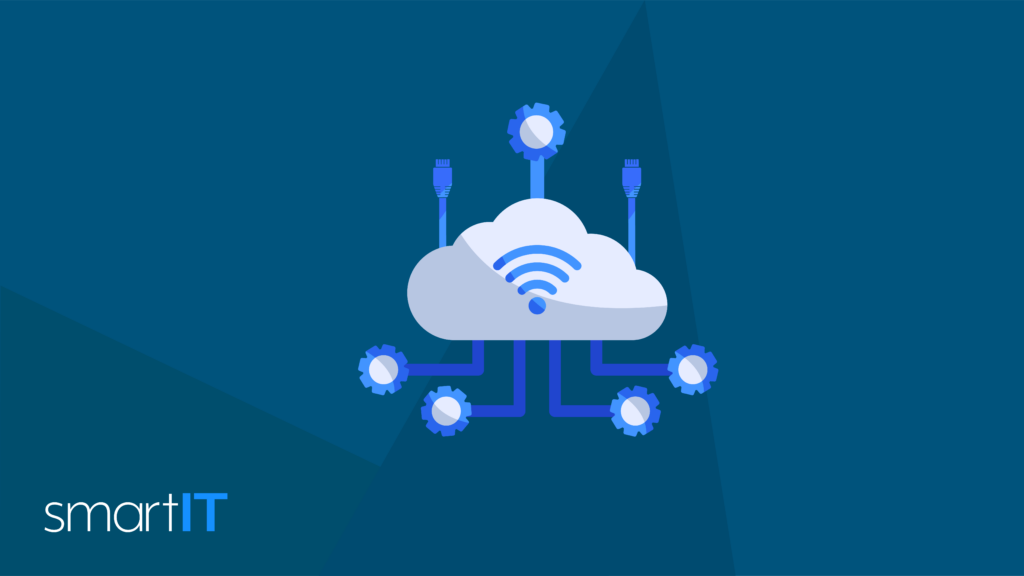
Troubleshooting Internet Connectivity Problems: A Guide to Stay Connected
In today’s interconnected world, a reliable internet connection is essential for both personal and professional activities. However, we’ve all experienced those frustrating moments when our internet connection becomes unstable or drops altogether. In this blog post, we’ll explore common internet connectivity problems, their possible causes, and practical troubleshooting steps to help you stay connected and minimize disruptions.
Identifying Common Internet Connectivity Issues:
a) Slow Internet Speed: When web pages take forever to load or streaming videos buffer endlessly, slow internet speed is often the culprit. This can result from factors such as network congestion, outdated equipment, or inadequate internet service plans.
b) Intermittent Connection: If your internet connection frequently drops or experiences sporadic outages, you may be dealing with an intermittent connection issue. This can stem from a variety of sources, including faulty cables, outdated firmware, or signal interference.
c) Limited Range or Dead Zones: Certain areas within your home or office may have weak Wi-Fi signals or dead zones where internet connectivity is limited or nonexistent. These problems can arise due to physical barriers, distance from the router, or outdated networking equipment.
Troubleshooting Steps for Internet Connectivity Problems:
a) Restart Your Router and Modem: Begin troubleshooting by powering off your router and modem, then wait for a few minutes before turning them back on. This simple step can help resolve temporary glitches and reestablish a stable connection.
b) Check Network Cables and Connections: Ensure all cables are securely connected to your router, modem, and devices. Faulty or loose connections can cause disruptions in the internet signal.
c) Verify Wi-Fi Signal Strength: Check the signal strength on your Wi-Fi-connected devices and move closer to the router if the signal is weak. Avoid physical obstacles like walls and large objects that can impede the signal.
d) Update Firmware and Drivers: Keep your router’s firmware up to date by visiting the manufacturer’s website and downloading the latest version. Additionally, ensure that your device drivers are updated to prevent compatibility issues.
e) Perform a Speed Test: Use online speed testing tools to check your internet connection’s speed. If the speed is consistently below the expected level, contact your internet service provider (ISP) to address the issue.
f) Optimize Wi-Fi Settings: Adjust your router’s settings to optimize Wi-Fi performance. This may include changing the wireless channel, enabling Quality of Service (QoS) settings, or configuring security protocols to ensure a stable connection.
g) Consider Wired Connections: If possible, connect devices directly to the router using Ethernet cables to bypass potential Wi-Fi-related issues. Wired connections often provide faster and more reliable internet connectivity.
h) Contact Your ISP: If all troubleshooting steps fail to resolve the issue, reach out to your ISP for assistance. They can investigate potential network problems or provide guidance on resolving connectivity issues specific to their service.
Conclusion
Maintaining a stable and reliable internet connection is vital in today’s digital age. By understanding common internet connectivity problems and following these troubleshooting steps, you can minimize disruptions and stay connected. Remember to contact your internet service provider for further assistance if you’re unable to resolve the issue independently.
Contact us to schedule your free IT assessment. Our experts will evaluate your current IT infrastructure, identify areas for improvement, and provide strategic recommendations to optimize your technology landscape.

